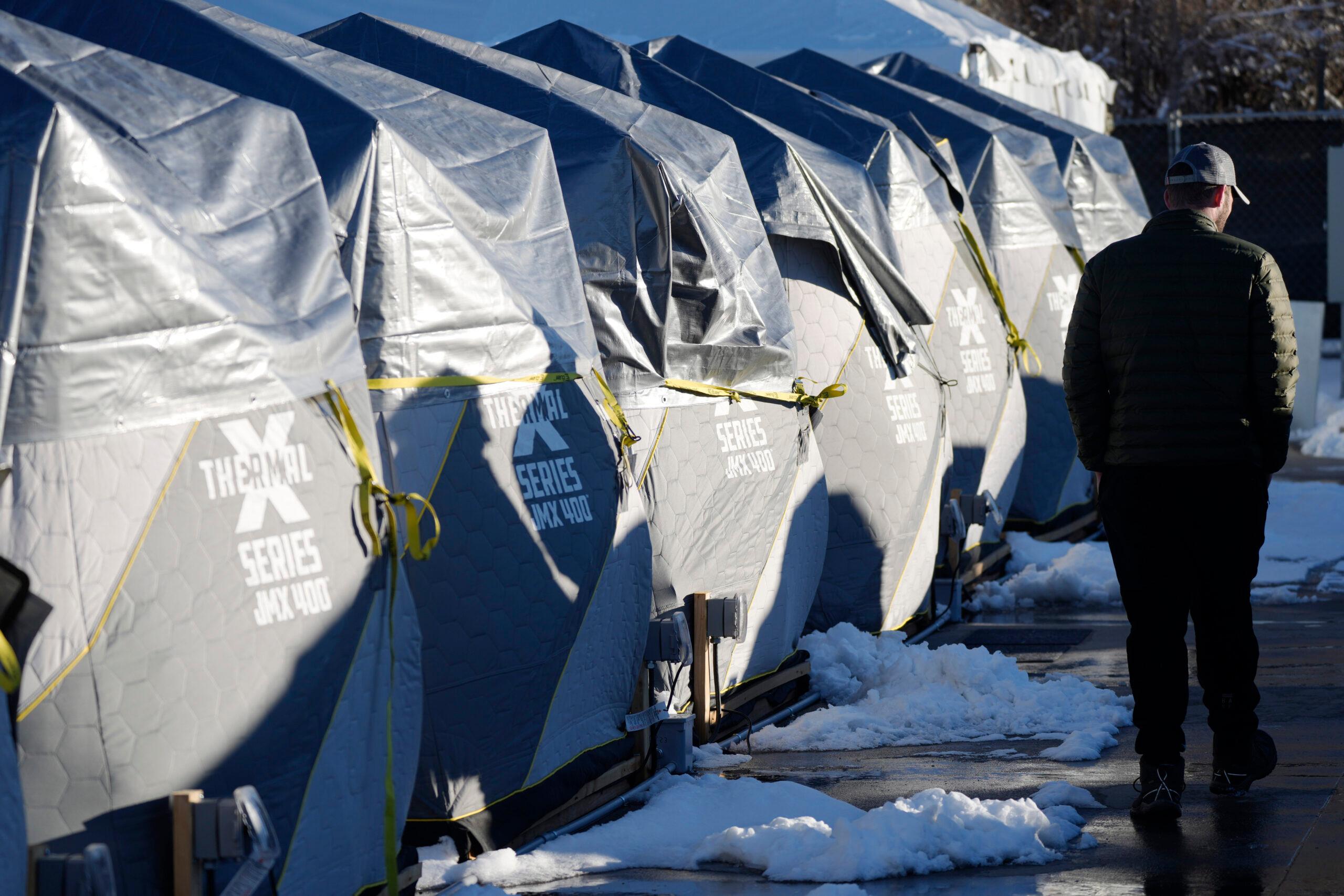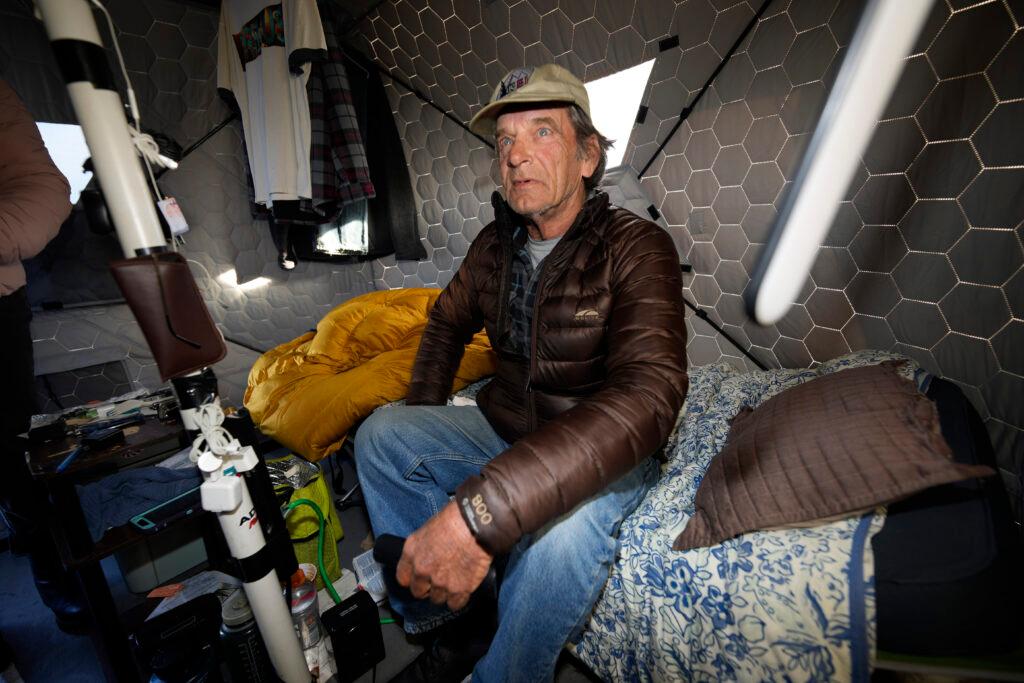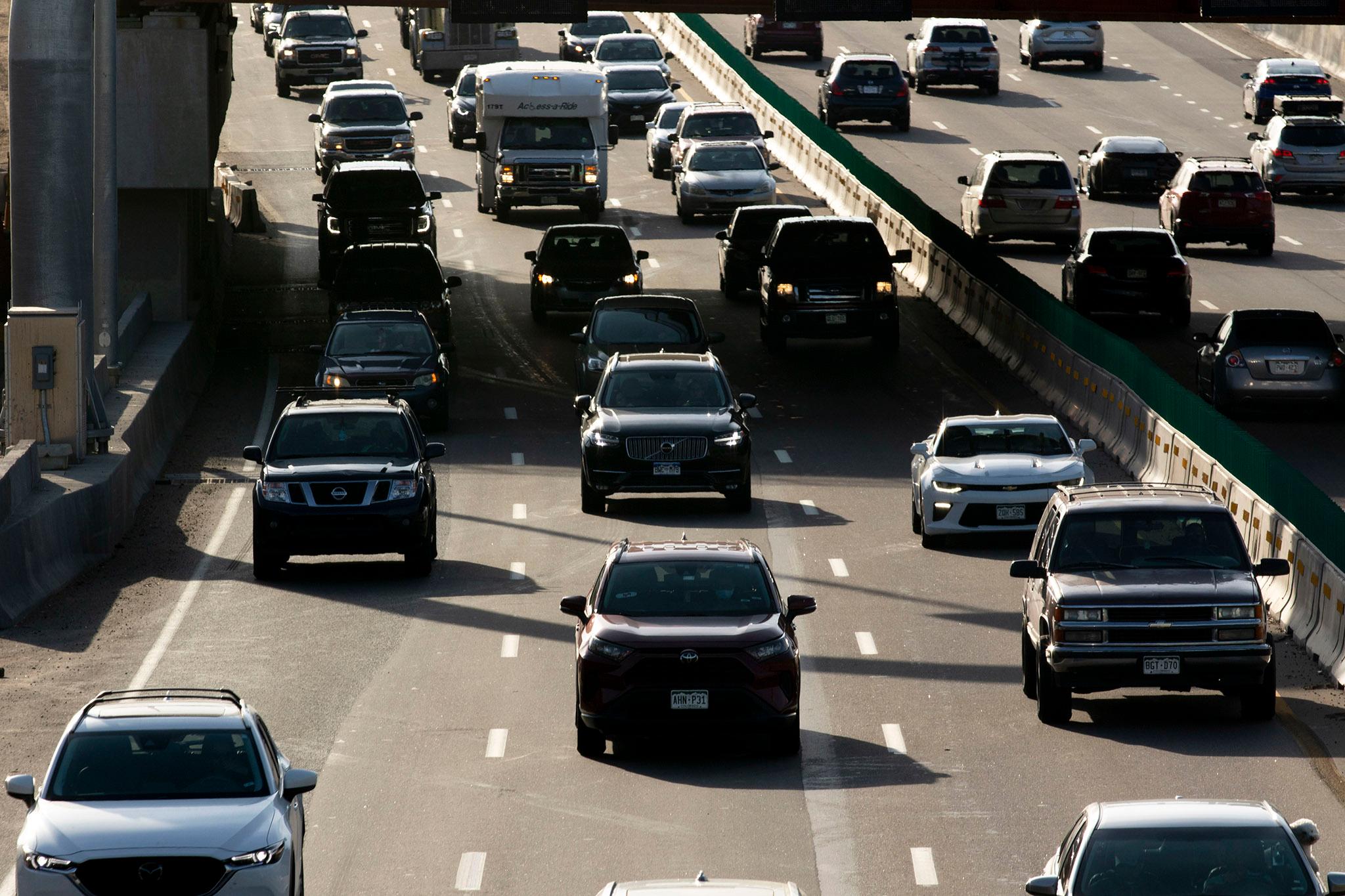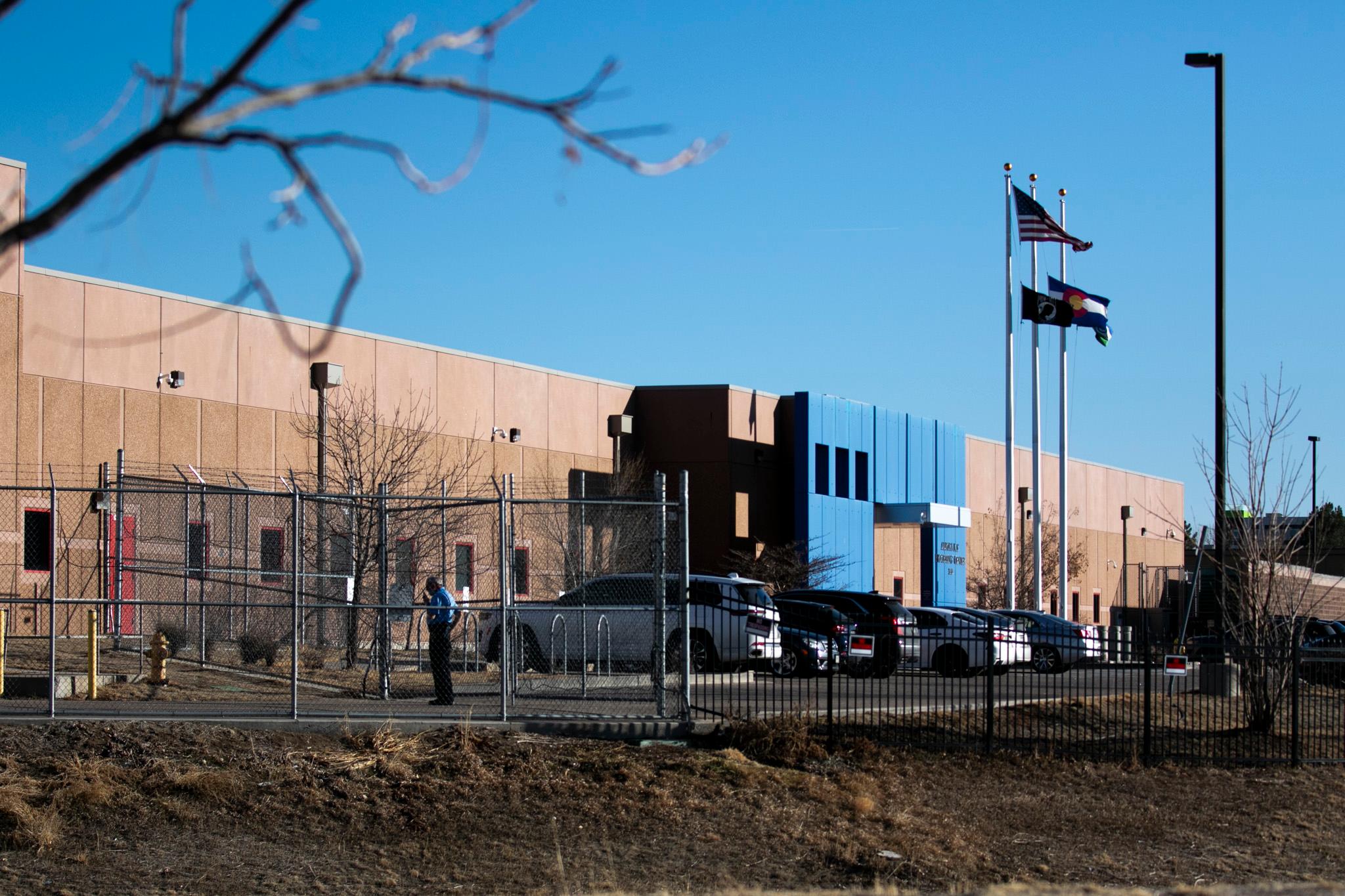
By Patty Nieberg/Associated Press
Gary Peters spent seven years camping outside a Denver golf course to avoid sleeping in a public shelter until last summer when he moved into a new homeless community where he’s been given his own ice-fishing tent featuring electrical outlets, a cot and a zero-degree rated sleeping bag.
The 75-year-old is among the benefactors of Denver’s nearly $4 million investment aimed at providing homeless people with “safe outdoor spaces” as an alternative to public shelters, which many have chosen to avoid due to safety concerns or restrictive rules — including curfews and bans on pets. The need for alternatives to shelters increased during the pandemic as more people moved outdoors due to concerns over the risk of COVID-19 transmission in such indoor facilities.
“I’d rather freeze than spend the night in a shelter,” Peters said, noting the threat of theft or assault in traditional shelter facilities.
Cities across the United States have been struggling to deal with a surge in homelessness that has in part been blamed on a nationwide housing shortage. The situation in Colorado — where home prices already were at record highs — was made worse in December when hundreds of homes just northwest of Denver were destroyed by fire, sending victims in search of temporary housing.
Some cities such as Seattle and Portland, Oregon, have experimented with constructing tiny homes, some just big enough to sleep inside and others with kitchens and indoor plumbing,
But such tiny homes can cost nearly $25,000 per unit to build, whereas Denver’s ice-fishing tents run by the Colorado Village Collaborative come at a price of less than $400 each. Last year, the Denver program served nearly 240 people across three locations and this year the collaborative estimates it will help about 370 people with a fourth location.
Fenced off with a key code entrance, the almost 42-square-foot (3.9-square-meter) insulated tents sit on leased land and are available to people who agree to a set of rules including no weapons, selling drugs or disrupting neighbors. The community is open to people of any gender, and couples are allowed to stay together. Residents can come and go 24-hours a day and pets are welcome, though not guests. The sites also have daily meals, wireless internet, showers, trash and laundry services.

Other cities like Las Cruces, New Mexico, and Missoula, Montana, have launched similar programs with tents and community bathrooms, kitchens and support services. The national move towards these types of communities shows the failure of the current public sheltering system, said Cole Chandler, the Colorado Village Collaborative co-founder and executive director.
“People can’t afford housing and the emergency sheltering system that was sort of developed, you know, largely in the 80s, when the federal government got out of the business of funding housing is just like busting at the seams at this point,” Chandler said.
Not everyone likes the approach.
Nan Roman, president of the National Alliance to End Homelessness, said it’s much better for people’s health and long-term chances at finding permanent housing to get them off the street and into indoor housing.
“We’re institutionalizing that it’s OK for people to live outside. Of course we need to do whatever they can if they’re living outside to keep them safe there’s no question,” Roman said. “It’s just hard to see us say as a nation ‘Well it’s OK to see people stay outside as long as they have a tent.’ It’s hard to feel that that’s progress.”
Chandler said the tent collective provides stability and autonomy for people sleeping outside and helps transition them to housing.
“Not everybody is immediately ready to come indoors,” he said. “And I don’t want that to get played up as people don’t want housing, people want housing. But people want to come indoors on their own terms.”
The collaborative contracts with other organizations to provide support for indoor housing, employment, legal resources and physical and mental health services. It also employs people who have a history of homelessness or substance use to help residents connect with on-site staff and feel more comfortable accessing services and asking for help.
Chandler acknowledges the program is not a “silver bullet solution to homelessness” and advocates for policy change and more investment in affordable housing.
“But we don’t have enough housing,” he said. “And so in the meantime, how do we take care of people? And how do we build the types of cities that reflect our values? And we think safe outdoor spaces, help us get closer.”









